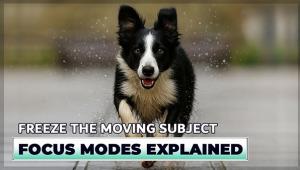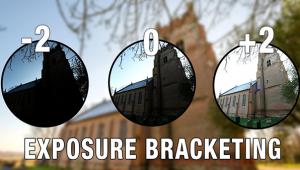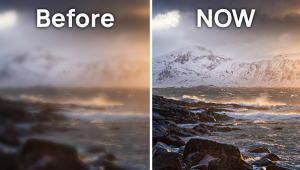Q&A Digital Photography
Help Us Out...
To aid us in making Digital Help as helpful as possible, please be specific in your query and include components, including software, that you use. David says, “Make me guess the problem and I might guess wrong.”—Editor
Adobe Changes
Q. My Adobe Photoshop CS5 simply refuses to work. I just learned that Adobe is discontinuing it. Is that possible?
Clifford Friend
via e-mail
A. Yes, Adobe is changing their business model.
They will change Photoshop and all Creative Suite applications to being licensed for use from their Creative Cloud storage by subscription rather than as an application sold in CD/DVD disc format. Adobe is a privately owned corporation and has every right to make a change in their business model. There is nothing we can do as customers to prevent Adobe from making this change. In my humble opinion it is possibly a more effective and efficient method of preventing piracy, which in some markets is an endemic scourge that costs Adobe income they deserve for the legal and legitimate use of their software.
Scanning B&W Film
Q. I have a large number of 35mm color slides (mostly Kodachrome) and medium format, and a few 35mm black-and-white negatives, mostly Tri-X. I plan on buying a CanoScan 9000F scanner and using it with SilverFast software. My question: do black-and-white negatives present special difficulties in scanning? If so, what are they?
Dan Fairchild
via e-mail
A. LaserSoft’s SilverFast software has settings in the main control window to select what kind of film type you will be scanning. So you have to set SilverFast on negative and black and white to properly scan black-and-white film, then follow an adjustment sequence that is both simpler and somewhat different. Read all the LaserSoft instructions on their website at www.silverfast.com that apply to black-and-white image scanning.
However, do take note that the infrared scan capability that will clean surface dust and scratches automatically as part of the scan process does not work with silver-based black-and-white films, but does with C-41 processed chromogenic films. So with your Tri-X film it is essential to carefully clean the film with film cleaning solution before scanning, or you may find the scanned images have a lot of specs and lines that have to be retouched by hand using Photoshop after the scan.
Inkjet Recommendations
Q. Canon versus Epson for digital printing—any thoughts? In addition to print quality, how do they compare in terms of ink consumption and the cost of processing?
Tom Hennessy
via e-mail
A. In my testing I find very little to distinguish Canon and Epson in performance, although the Canon PIXMA PRO-1 has a slight lead in ultimate print quality. But considering it is the most expensive pigment-ink 13” printer, it should be better by some degree. Personally, I use an Epson R1900 and recently tested and reported on its replacement, the R2000, and found it the best buy for the cost of a pigment-ink color printer.
Ink consumption depends on the image printed, and some images like flower close-ups take a lot of some ink colors, but a wedding portrait of a bride in white against a white background uses little ink to achieve the same degree of image quality. It does not matter what brand, printers using pigment ink will use about the same amount of ink for identical images on the same paper.
“Old” Lenses On Digital Cameras
Re: your comments in the April 2013 issue on using the reader’s older Nikon lenses on digital bodies. The D200 and D800 can both use film-era Nikon lenses provided they are either AI, AIs, or converted to this standard. There’s no need for an adapter and the lenses focus to infinity, just like they did on the film camera. The manual focus lenses will even use the matrix metering system provided you enter the lens focal length and maximum aperture into the camera. Both the D200 and latest D800 still offer center-weighted metering.
Lenses manufactured after 1977 all incorporated the AI feature. AI is Nikon shorthand for Automatic Indexing. The reader’s Nikkormat did not require this feature, as Nikon ceased production on the FT model in 1967. The 55mm f/1.2 Auto Nikkor-S was never sold as an AI or AIs configuration. The reader’s Vivitar probably dates from the same era unless it was purchased after 1977. The 55mm f/1.2 is of more interest to Nikon collectors than for its optical quality. Hope this helps.
Russell Elliot
via e-mail
Thanks for filling in the details regarding some Nikon 35mm film camera lenses and current Nikon D-SLR cameras. When the big change in lens/body format occurred Nikon stayed with their old lens mount while almost everyone else redesigned theirs to a larger lens mount.
Announcement
I am pleased to announce the latest 4.3 edition tomy eBook Digital Darkroom Resource Cd. The CD now contains 33 chapters totaling 399 pages in Adobe Acrobat .PDF format, providing easy-to-read text and large high-quality illustration. The CD is available for $20 plus $5 shipping and handling (US Mail if available). Ordering is as simple as sending a check or money order for $25 made out to me, David B. Brooks, and mailed to PO Box 2830, Lompoc, CA 93438.
- Log in or register to post comments


































